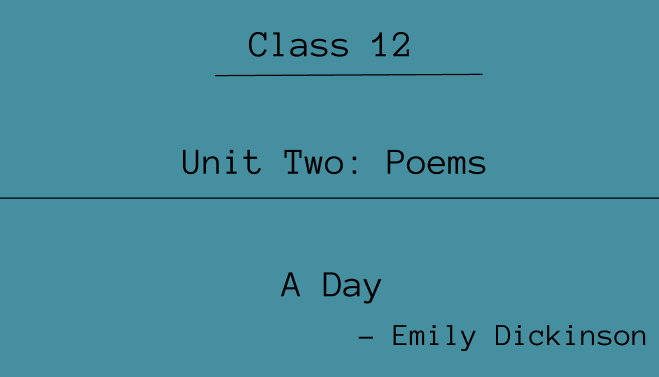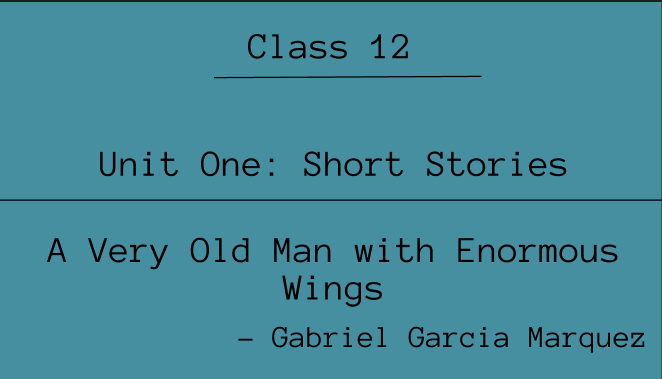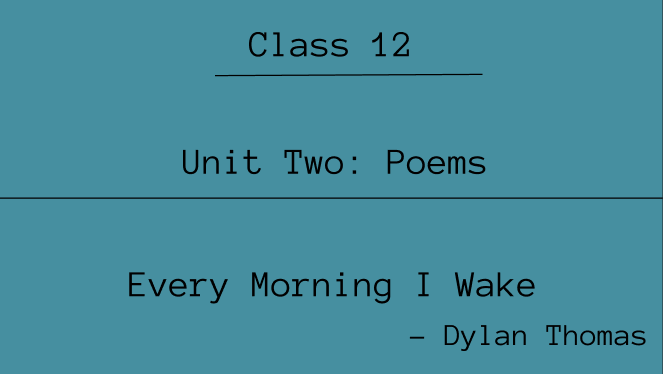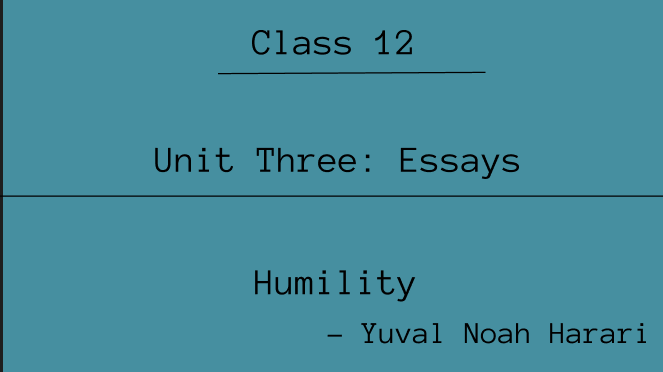“A Day” by Emily Dickinson beautifully captures the essence of life and death through the simple yet profound description of sunrise and sunset. The poem, originally titled “I’ll Tell You How The Sun Rose,” showcases the transition from innocence to experience, narrated from the perspective of an unnamed child.
In the opening stanzas, the child exudes confidence and excitement as they describe the beauty of sunrise, symbolizing the vibrancy and liveliness of life. The imagery of birds, hills, and the rising sun reflects the child’s innocence and wonderment towards the world.
As the poem progresses, the child’s confidence wanes when describing sunset, highlighting the lack of understanding about the end of life. The purpling of the sky and the eventual darkness symbolize the inactivity associated with death and the limited knowledge humans have about this inevitable phase.
Emily Dickinson’s unique writing style, characterized by irregular meters, dashes, and capitalized words, adds depth and mystery to the poem. The alternate rhyme scheme and the absence of stanza breaks in the original version create a free-flowing and organic feel, enhancing the natural themes of the poem.
Overall, “A Day” eloquently juxtaposes the beauty of sunrise with the mystery of sunset, inviting readers to ponder the cycle of life and the journey from innocence to experience.





